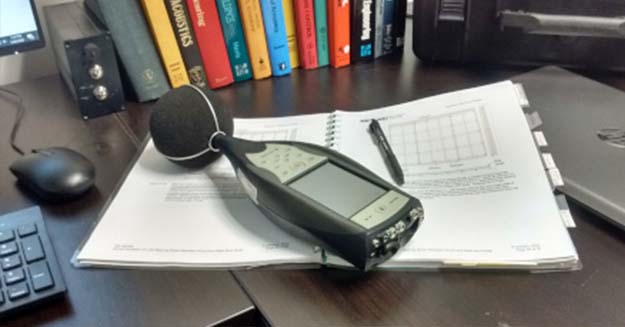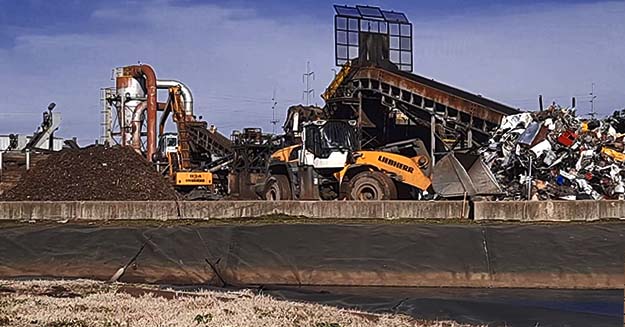Environmental Noise Studies
We provide Environmental Impact Statement (EIS) and Environmental Impact Report (EIR) noise studies for inclusion National Environmental Policy Act (NEPA) and California Environmental Quality Act (CEQA) studies.
EIR/EIS Studies for NEPA and CEQA
We recognize that noise and vibration problems are best solved in the planning stages of any project. Our work has involved producing noise studies for large community development projects, retail centers, mining sites, and oil and gas development projects.
We are familiar with the EIR/EIS study process. These studies involve defining ‘significance thresholds’ for determining acceptable noise and vibration levels. Various different thresholds may be defined for different aspects of the project depending on the type of noise and vibration source and whether the source is temporary or permanent. Thresholds of significance may be based on local, state or national noise standards, or based on general industry standard levels. With the use of noise calculation and modeling techniques, we can determine whether the project will result in significant impacts and develop recommendations to mitigate problem noise and vibration sources.
We commit to provide our clients with the highest level of service throughout the study development and review process. Call us to discuss you acoustical study needs with one of our highly qualified consultants.
Need to discuss your project with an acoustical consultant?
For a free, no-obligation quote, get in touch with our team.
Traffic Noise Studies
We are experts in the field of traffic noise studies. Our work has included traffic noise modeling and mapping for very large projects, very small projects and everything in between.
Our noise modeling process allows us to take into account vehicle types and quantities, traffic speed, vehicle direction, road gradient and road surface type to accurately predict traffic noise levels to FHWA standards. We can assess the performance of sound barriers or other noise control methods. Traffic noise levels are typically calculated in terms of day-night average sound levels (Ldn) or peak hour average sound levels, although we can calculate noise levels using any industry standard method.
Some of our larger projects have required mapping traffic noise levels over entire Cities for General Plan updates. Smaller projects have involved noise level prediction of individual roads and intersections to assess the effectiveness of acoustical barriers or to predict noise impact at sensitive locations.
Additionally, we provide a peer review service to assess traffic noise reports produced by others.


